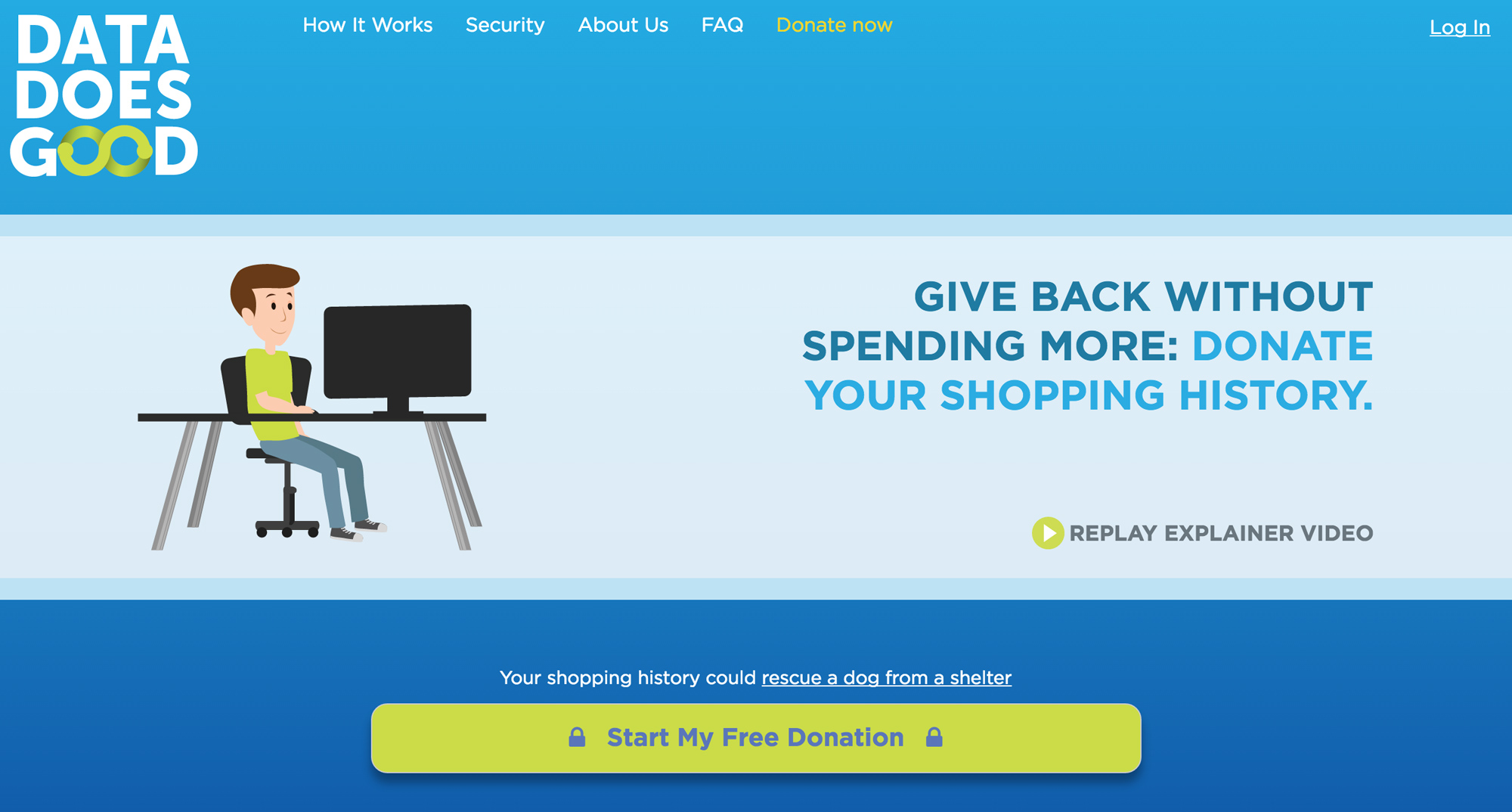The studies provide a valuable information base and could inspire current and future activities under the European Commission e-Government Action Plan 2016-2020, in particular those related to facilitating digital interaction between administrations and citizens/businesses.
The emergence of Open Government in Member States
The study “Towards faster implementation and uptake of open government” maps 395 inspiring examples of Open eGovernment Services across Europe. This wealth of data and practices, is proof of successful cooperation between public administrations, companies, organizations and citizens. It demonstrates how the process of digitalisation can create better opportunities for everyone and shows concretely how to make it happen. The European Commission will give visibility to these best practices, support the policy processes and invest in digital innovation in the public sector.
Openness between public administrations
This is mostly driven by administrations seeking better efficiency and cost reduction. For example, applying once-only principle – under which people and businesses provide information only once to public authorities – may result in increasingly automated exchanges. For example,
- By applying the once-only principle, the Spanish government saved € 2.8 million (costs of exchange of paper documents between administrations) by introducing SIR (System of Interconnection of Registers).
- In the Netherlands, public administrations share among them the data hosted in 12 existing base registers., This helps to speed up administrative processes and citizens or companies no longer need to provide the same information time and again.
- Agiv, the agency for geographical information in Flanders (Belgium) has a central platform KLIP where administrations share the location of underground cables and pipes, helping thus companies to plan construction works. Its services were requested 100.000 times during the first six months after its launch.
Openness towards third parties
Openess towards third parties aims at increasing transparency and responsiveness and even participation in decision-making, for instance,
- Greek citizens use the Vouliwatch platform to publicly question government officials and share their own expertise;
- More and more cities foresee that citizens can have a say about how their money gets spent. The residents of Madrid vote online on 2% of city budget and those of Paris even on 5% of municipal expenses and can suggest projects within these financial limits; the inhabitants of Southern Italy submit formal web-based evaluations of public services and infrastructure thanks to cooperation of administration with the third sector.
- OpenSpending, an initiative by the Open Knowledge Foundation, contains datasets on public administrations expenditure in 76 countries so that citizens can see how authorities spend taxpayers’ money. Moreover, it allowed the UK government to save £ 4 million in only 15 minutes by simply comparing markets for different services.
Open government can also unlock economic potential for growth and jobs, for example,
- The Belgian Mercurius e-invoicing and e-procurement platform which allows all levels of administrations and businesses to cooperate and reduces the costs of invoices for companies by 62% (with expected 4,5 M € of savings per year)
- The Dutch Base Register Topography works as open data for anyone interested and has developed TopoGPS , a GPS application, based on data from the base registry, with an economic effect estimated at €9 million.
- The British NHS Job Platform, now used by 500 NHS employers, is a focal point for job seekers in the medical sector. Also in the UK, TransportAPI aggregates and analyses public transport data, allowing users and developers to access the transport data opened up by public transportation bodies and to work on their own applications.
Numerous initiatives also support inclusion:
- Konto Bariery uses accessibility data for an app-based map of buildings accessible to disabled people in Czech Republic and the non-profit
- Techfugees is an initiative organised by tech professionals that makes engineers, entrepreneurs, NGOs, public administrations collaborate in order to provide innovative technology solutions to help refugees….(More)



